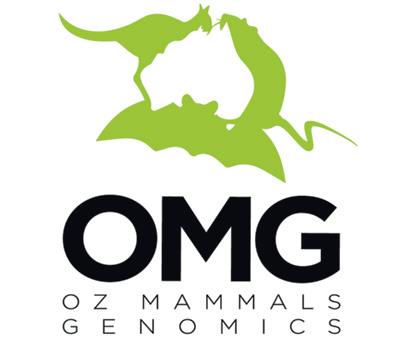Isoodon bandicoot conservation genomics
Conservation genetics and taxonomic resolution of southern brown and golden bandicoots
The southern brown bandicoot (Isoodon obesulus) and golden bandicoot (Isoodon auratus) have declined in number dramatically over the last 220 years, with major contractions in their distribution and local population extinctions. The taxonomy of these species at both the specific and sub-specific level has been in a state of flux for several decades, making ongoing conservation management of the species at both the national and state level highly problematic.
The south-east mainland subspecies I. o. obesulus is currently listed as nationally endangered and the two sub-species of I. auratus (auratus and barrowensis) are both listed as vulnerable. Populations of I. auratus and I. obesulus are in conservation management programs, including fenced enclosures, and information on genetic differentiation is needed for effective management of these populations.
We are using a marsupial targeted exon-capture panel to sequence representatives of each of five Isoodon species (I. obesulus, I. auratus, I. fusciventer, I. peninsulae and I. macrourus) from across Australia, including type and some historical specimens. In addition to resolving the taxonomic status of bandicoot populations, inclusion of museum specimens will also enable an assessment of how much genetic variation has been lost from past populations of each species and subspecies.
Project coordinator:
- Steve Cooper (South Australian Museum
Project collaborators:
- Sam Banks (Charles Darwin University)
- Terry Bertozzi (South Australian Museum)
- Margaret Byrne (Department of Biodiversity, Conservation and Attractions, WA)
- Steve Cooper (South Australian Museum)
- Mark Eldridge (Australian Museum)
- Anna MacDonald (Australian National University)
- Kym Ottewell (Department of Biodiversity, Conservation and Attractions, WA)
- Kenny Travouillon (Western Australian Museum)
